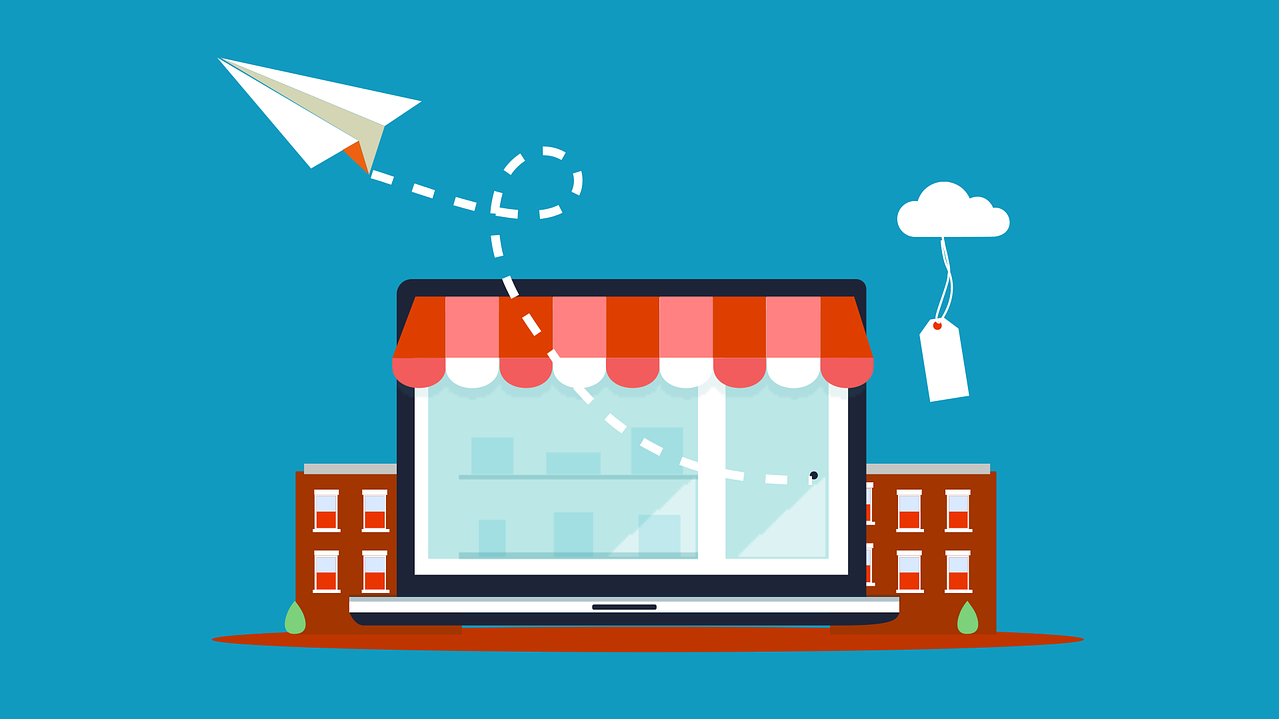
This article was originally published in Digital Dealer Magazine.
There’s a number that keeps me up at night: 34%. That’s the percent of time the average sales professional spends selling, according to Salesforce. And having started my career in sales, I wouldn’t be shocked if it was actually lower than that. But let’s assume Salesforce is right and just one-third of a sales professional’s work time is spent doing what we hire them to do. It’s no wonder that in the same report 57% of sales professionals say they expect to miss their quota this year.
To me, the math makes it so clear that our biggest lever to improve sales outcomes is to enable our salespeople to spend more time selling. And that means really thinking about sales efficiency.
What are ways to enable frontline salespeople to spend more time selling? What does efficiency look like when we assume that the things salespeople are doing with the other 66% of their time are actually things we need them to do—like CRM entries and contract production?
Plan for 85%
I’m going to start with a radical idea right out the gate. Stop expecting perfect CRM adherence out of your sales teams. Train people on what they are supposed to do, explain the value, and then leverage automation to do what humans stink at: doing routine tasks with 100% accuracy, 100% of the time.
There are sales enablement tools available in the market today that make sure the basic block-and-tackle sales actions are handled for your team. Yes, you can buy software that makes sure all your sales leads are logged in your CRM. Yes, there are solutions to send personalized shopping notifications to every lead in your CRM when there are changes to the inventory they are specifically interested in. Test them out. It will pencil. Those costs go directly towards freeing up your sales team to sell.
Remove the clutter
I firmly believe that most companies today don’t have a shortage of leads. The shortage is in the data needed to stack rank the leads. And without that, salespeople waste too much time calling the wrong people.
When your sales team can focus exclusively on the people who want to be sold, it’s very clarifying. There’s software that notifies salespeople when their leads are browsing your website. Imagine if the salesperson assigned to the lead got a text or email alerting them to the prospect’s latest activity. And you got an email the next day if they didn’t do something about it. Technology like that amps up efficiency and instills confidence in your team because they know that they are pursuing opportunities that are interested right now.
Get to the root of buying intent
So much of the tension between a salesperson and a buyer is aligning to where the buyer is in the process and what they want. If they want consultation and I try to close them, I’m a smarmy sales guy. If they are ready to buy and I try to be a consultant, I’m wasting their time.
It’s hard to figure out where a person is in the process and to meet them with the right level of service. Having software that clearly shows where a person is in their research journey is massively helpful here. Once I understand that this person has been in the market for 2 months and they’ve looked at the same piece of inventory 11 times over the last 3 days, I can better orient myself to the conversation and where they are in the buyer journey.
Enable listening
So much of what a customer needs when working with a salesperson is to feel like they’re being heard and that their salesperson is competent. Whether I’m ordering a sandwich with no mayo or specifying that I want the SUV in black, I expect that the person on the other end of the transaction remembers what I want. In reality, I get a lot of sandwiches with mayo—and I bet your salespeople are struggling to remember the nuance of our last conversation too.
Knowing what people want and remembering the previous conversation goes a long way to reducing friction and making sales. Look for technology that connects your CRM data with user activities to get a full picture of your customers and what they want. A system that quickly and clearly shows what buyers want and where opportunities lie allows your salespeople look like experts of the customer and their needs.
Choose sales enablement
I’m old enough to remember the days when we talked about how CRMs were going to solve all sales problems. Now, no one really talks like that. Instead, we see that the value really lies in the bolt ons CRMs power. The products that are valuable today aren’t too heavy, they don’t have long complex setup processes, and they enable sales efficiency in truly novel and helpful ways.
That is the crux of sales enablement technologies and why they’re so transformative for businesses. They give sales teams the tools to get efficient, go on the offense, and deliver the results that businesses need. They empower leadership to move past classic problems and deliver the buyer experience needed to achieve business objectives.
